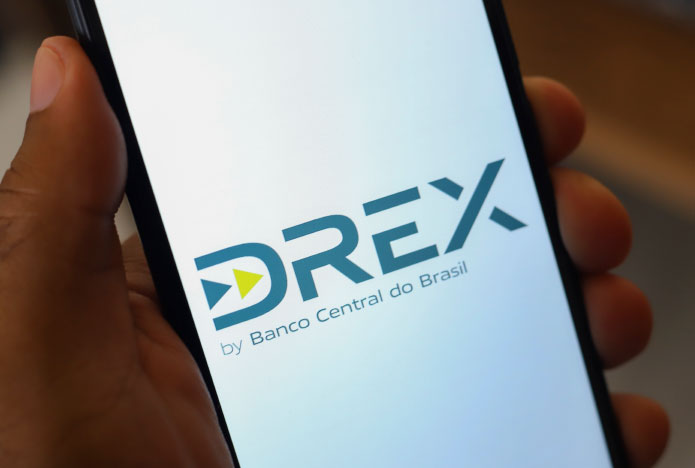The Central Bank of Brazil is revolutionizing the country's financial system, and the Drex, the Brazilian digital currency, it is one of the most transformative movements of this journey. This innovation can be a game changer in the market, bringing more efficiency, transparency and security for complex transactions. However, his success will depend on the ability to overcome technical and cultural challenges, in addition to gaining the trust of users and companies
But what exactly is Drex? It is the digital version of the real, with a parity of 1 to 1. It goes beyond being just an alternative to physical or digital money: its proposal is to facilitate operations that today face bureaucratic and costly processes. Imagine, for example, the purchase of a property. With Drex, the value of the negotiation can be blocked and released only after the formal transfer of the title, eliminating the risk of not receiving payment. Furthermore, smart contracts allow for programming specific conditions, such as inspections in rented properties or delivery guarantees. In the case of real estate, the final registration of the property will still be done at notaries, however, the integration between Drex and the notary office systems can make this registration digitally and the transaction is recorded on blockchain, offering security beyond the notary office
This integration with the blockchain not only automates processes, but also brings an additional layer of security and transparency, recording each transaction in an auditable and distributed manner. It is a technology that promises to not only modernize the Brazilian financial system, how to reduce costs and strengthen trust in high-value operations
Impacts on global markets
In addition to the local impact, Drex positions Brazil on the global map of central bank digital currencies (CBDCs). One of the great differentiators will be its ability to facilitate international transfers quickly and at reduced costs. Today, these operations can take days; with Drex, it is expected to be completed in seconds or minutes, increasing the competitiveness of the country
Despite all the potential, the adoption of Drex will not be free of challenges. The resistance of sectors such as notary offices, the integration with existing systems and the need to demonstrate value significantly higher than already established solutions, how the use of notaries alongside paper contracts and payments by Pix, there will be barriers to overcome. Furthermore, ensuring a simple and intuitive user experience will be essential to win over both the unbanked audience and consumers more accustomed to current technologies
Opportunity for new products and services
In the payment market, Drex brings opportunities for banks and fintechs to explore asset tokenization and create new financial services. In e-commerce, can pave the way for more security in high-value purchases, only releasing the purchase amount after the product is delivered and verified to meet the consumer's expectations. And in sectors such as real estate and automobiles, the impact can be even more significant, reducing costs and bureaucracies
The future of Drex will be shaped by its ability to deliver real value to users and overcome regulatory and cultural obstacles. However, the potential to transform complex transactions and increase the efficiency of the Brazilian financial system is undeniable
As CEO of a company in the technology and finance sector, I believe that innovation is the key to building a more inclusive and connected financial market. The Drex, so, represents a key piece in this transformation, and we are excited to be part of this revolution


